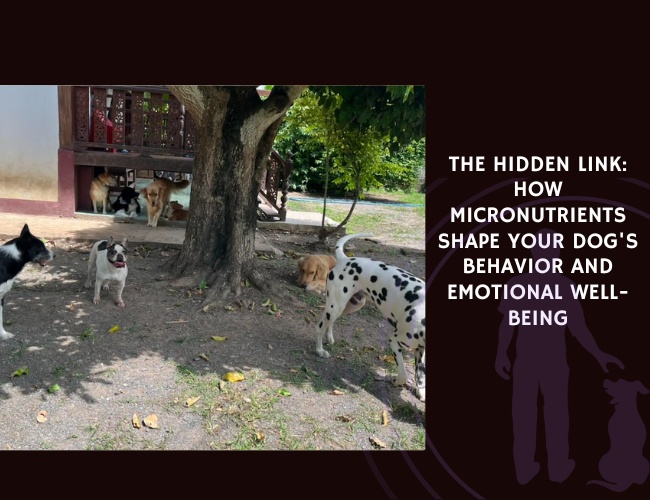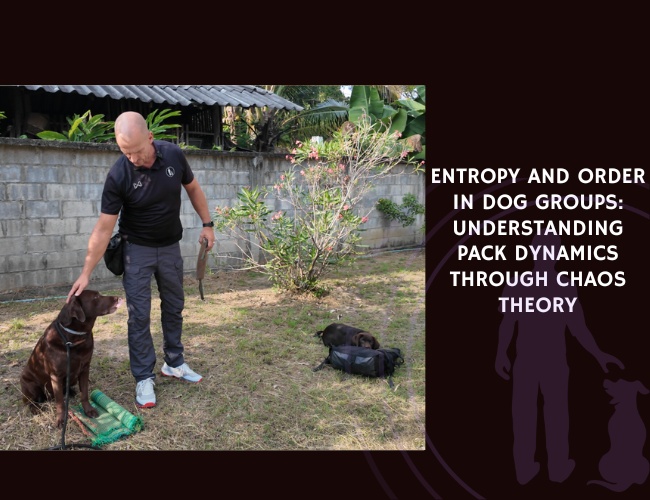Compulsive tail chasing (TC) in domestic dogs, a behavior often dismissed as harmless or quirky, is now being recognized as a complex condition akin to human **Obsessive Compulsive Disorder (OCD)**. Researchers analyzed data from **368 dogs** across four breeds using owner-completed questionnaires, focusing on behavioral patterns and environmental contexts.
The findings revealed that **tail chasing typically begins between 3–6 months of age** and varies widely in intensity, with many cases being mild. **Nearly half of the tail-chasing dogs** showed reduced responsiveness during episodes and were more likely to engage in other compulsive behaviors such as flank sucking or light chasing.
Importantly, several **environmental and physiological factors** appeared to influence the likelihood and severity of tail chasing:
- Dietary supplements—especially those containing vitamins and minerals—were associated with reduced TC behavior.
- Neutered females exhibited less tail chasing, suggesting a hormonal component.
- Dogs that were **shy or had been separated early from their mothers** were more prone to compulsive behavior.
The study did not find a genetic link between tail chasing and the **CDH2 gene**, previously connected to flank sucking, underscoring the likely **multifactorial nature of compulsive behavior** in dogs.
This research not only highlights the **importance of early-life experiences and environmental enrichment** in dogs’ behavioral health but also positions canine tail chasing as a promising model for understanding **human neuropsychiatric conditions like OCD**.
Source: K. Tiira, O. Hakosalo, L. Kareinen, A. Thomas, A. Hielm-Björkman, C. Escriou, P. Arnold, H. Lohi. Published in PLoS ONE, Volume 7, July 26, 2012. https://doi.org/10.1371/journal.pone.0041672










